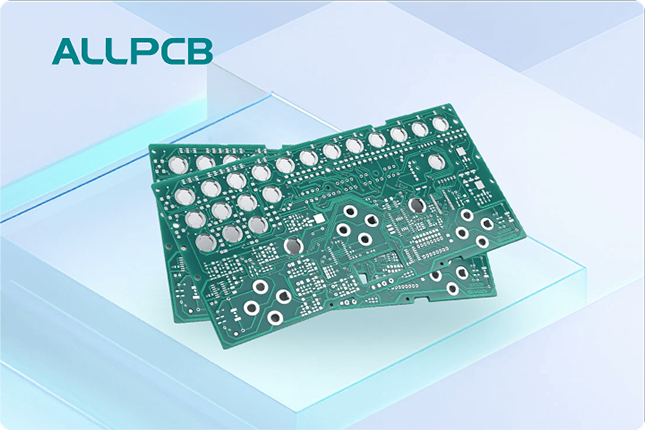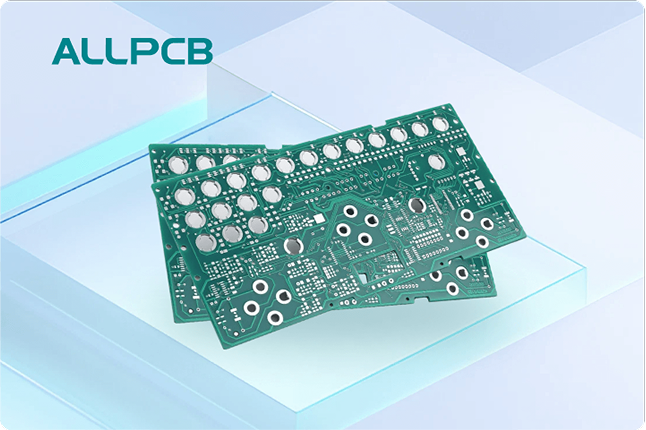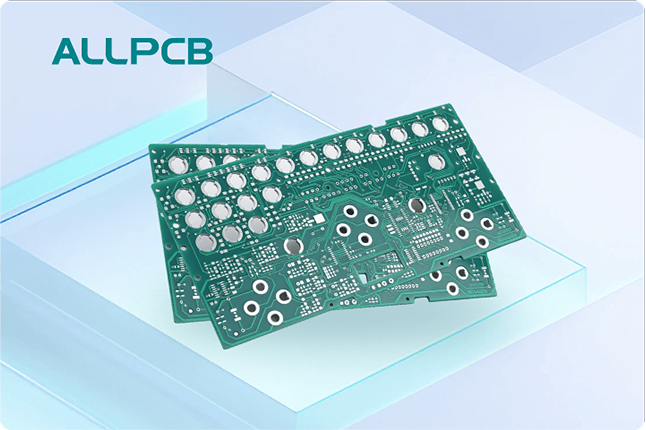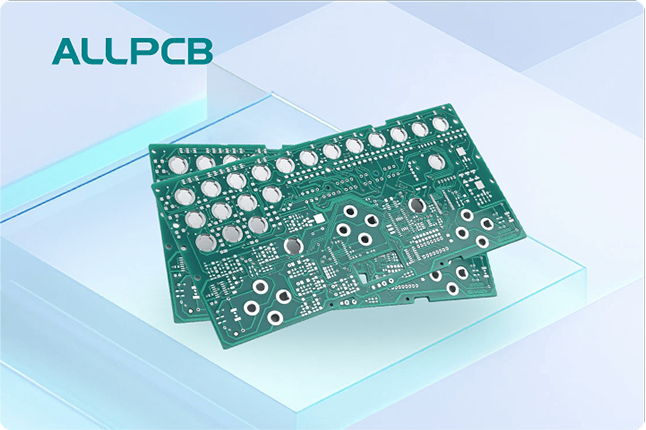In the fast-paced world of electronics manufacturing, staying compliant with regulations like RoHS (Restriction of Hazardous Substances) is not just a legal requirement—it’s a business necessity. But what are the real costs of RoHS certification, and more importantly, what are the hidden costs of non-compliance? For manufacturers and engineers, understanding the RoHS certification cost, the cost of RoHS non-compliance, and the RoHS testing cost for components can make or break a product’s success in the global market. Moreover, finding affordable RoHS certification options and evaluating the RoHS compliance ROI are key to balancing budgets and maintaining competitiveness.
In this comprehensive guide, we’ll dive deep into the financial and operational impacts of RoHS compliance, uncover the often-overlooked consequences of non-compliance, and provide actionable insights to help you navigate this critical aspect of electronics production. Whether you’re a small startup or a large-scale manufacturer, this blog will equip you with the knowledge to make informed decisions.
What is RoHS Certification and Why Does It Matter?
RoHS is a directive initiated by the European Union to restrict the use of specific hazardous substances in electrical and electronic equipment. First introduced in 2003, it has since been updated (RoHS 2 in 2011 and RoHS 3 in 2015) to include more substances and stricter guidelines. The directive currently limits the use of ten harmful materials, including lead, mercury, cadmium, and certain flame retardants, in products sold within the EU market.
For electronic component manufacturers, RoHS certification is a stamp of approval that proves your products meet these environmental and safety standards. Without it, your products may be barred from key markets, leading to significant financial losses. Beyond legal compliance, RoHS certification demonstrates a commitment to sustainability—a growing priority for customers and partners worldwide.

Breaking Down the RoHS Certification Cost
The RoHS certification cost can vary widely depending on several factors, including the complexity of your product, the number of materials used, and the certification body or testing lab you choose. Generally, the costs can be broken down into a few key areas:
- Testing Fees: The RoHS testing cost for components typically ranges from $120 to $150 for a single material, while comprehensive testing for multi-material products can climb to $700-$1,000 when working with major certification bodies. Third-party labs might offer lower rates, often between $180 and $300.
- Documentation and Auditing: Preparing the necessary paperwork, including material declarations and compliance reports, often requires specialized expertise. This can add several hundred to a few thousand dollars to the total cost, depending on the scale of your operation.
- Internal Process Adjustments: Switching to RoHS-compliant materials or redesigning products to eliminate restricted substances can involve significant upfront costs. For instance, replacing lead-based solder with alternatives might require new equipment or retraining staff, costing anywhere from $5,000 to $50,000 for small to medium-sized manufacturers.
While these numbers may seem daunting, they are often a small price to pay compared to the potential losses from non-compliance. Investing in affordable RoHS certification through reputable third-party providers can help manage these expenses without compromising on quality or compliance.

The High Cost of RoHS Non-Compliance
The cost of RoHS non-compliance often far outweighs the initial investment in certification. Failing to meet RoHS standards can result in severe financial and operational repercussions, many of which are hidden until they strike. Let’s explore some of these costs in detail:
1. Market Exclusion and Lost Revenue
Non-compliant products are barred from sale in the EU and other regions adopting similar standards, such as China and South Korea. For a small manufacturer, losing access to the EU market—worth over $500 billion annually for electronics—can be catastrophic. Even a single delayed shipment due to compliance issues can result in losses of tens of thousands of dollars in revenue.
2. Fines and Legal Penalties
Violating RoHS regulations can lead to hefty fines. In the EU, penalties for non-compliance can reach up to €100,000 per incident, depending on the severity and scope of the violation. Additionally, legal battles and product recalls can drain resources, with recall costs alone averaging $10 million for mid-sized companies in the electronics sector.
3. Reputational Damage
In today’s eco-conscious market, non-compliance can tarnish your brand’s reputation. Customers and partners may view your company as negligent or outdated, leading to a loss of trust that’s hard to rebuild. Studies show that 70% of consumers prefer environmentally responsible brands, meaning non-compliance could alienate a significant portion of your customer base.
4. Supply Chain Disruptions
Non-compliance often triggers supply chain issues. Suppliers may refuse to work with non-compliant manufacturers, or you may face delays in sourcing alternative materials. These disruptions can halt production lines, costing thousands of dollars per day in downtime.

RoHS Testing Cost for Components: What to Expect
The RoHS testing cost for components is a critical piece of the compliance puzzle. Testing ensures that each material and component in your product meets RoHS standards. Here’s what influences these costs:
- Material Complexity: Products with a single material, such as a simple resistor, may cost as little as $150 to test. However, complex assemblies with multiple materials, like circuit boards, can push testing costs to $1,000 or more per product.
- Testing Method: Techniques like X-ray fluorescence (XRF) or inductively coupled plasma (ICP) analysis vary in price. XRF, a common non-destructive method, might cost $100-$200 per sample, while more detailed chemical analysis can exceed $500 per test.
- Volume and Frequency: Bulk testing or recurring audits for large production runs can sometimes lower per-unit costs. However, initial testing for new designs often carries a higher price tag due to setup and calibration needs.
To manage these expenses, consider partnering with testing labs that offer package deals or working with suppliers who provide pre-tested, RoHS-compliant components. This can significantly reduce your overall testing burden.
Finding Affordable RoHS Certification Options
For many small to medium-sized businesses, the idea of RoHS certification can seem financially out of reach. However, affordable RoHS certification is possible with the right approach. Here are some strategies to keep costs down:
- Work with Third-Party Labs: Independent testing facilities often charge lower rates than major certification bodies while maintaining high standards. Rates as low as $180-$300 per product are common with these providers.
- Leverage Supplier Certifications: Many component suppliers offer RoHS-compliant materials with pre-existing documentation. Using these can reduce your testing and certification workload.
- Streamline Internal Processes: Invest in training for your team to handle material declarations and compliance checks in-house. This can cut down on consultancy fees, which often range from $1,000 to $5,000 per project.
- Plan Ahead: Early integration of RoHS requirements into product design can prevent costly redesigns. For example, selecting compliant materials from the start can save up to 30% on overall certification costs.
Evaluating RoHS Compliance ROI
While the upfront costs of RoHS certification may seem steep, the RoHS compliance ROI often justifies the investment. Here’s how compliance pays off in the long run:
1. Access to Global Markets
RoHS certification opens doors to lucrative markets like the EU, where electronics demand continues to grow. For a mid-sized manufacturer, entering this market could boost annual revenue by 20-40%, far outweighing certification costs of $5,000-$10,000.
2. Enhanced Brand Value
Compliance signals to customers that your company prioritizes safety and sustainability. This can lead to increased customer loyalty and higher sales, with studies showing that eco-friendly branding can improve customer retention by up to 15%.
3. Reduced Risk of Penalties
By avoiding fines and legal issues, you save on potential costs that could run into six figures. Proactive compliance also minimizes the risk of costly product recalls, which can devastate smaller companies.
4. Operational Efficiency
Adopting RoHS-compliant processes often leads to streamlined operations. For instance, using standardized, compliant materials can reduce inventory complexity, saving up to 10% on supply chain costs over time.
Practical Steps to Achieve RoHS Compliance
Navigating RoHS certification doesn’t have to be overwhelming. Follow these actionable steps to ensure compliance while managing costs:
- Conduct a Material Audit: Identify all materials used in your products and check for restricted substances. Use tools like XRF analyzers for quick assessments.
- Partner with Reliable Suppliers: Source components from vendors who provide RoHS-compliant materials and documentation.
- Engage a Testing Lab: Choose a lab with a proven track record for accurate and cost-effective testing. Request quotes from multiple providers to find the best deal.
- Document Everything: Maintain detailed records of material declarations, test reports, and compliance certificates. This is crucial for audits and market entry.
- Train Your Team: Equip your staff with the knowledge to handle RoHS requirements, reducing reliance on expensive external consultants.
Conclusion: Investing in RoHS Compliance for Long-Term Success
In the competitive world of electronics manufacturing, RoHS certification is not just a regulatory hurdle—it’s a strategic investment. While the RoHS certification cost and RoHS testing cost for components may seem like immediate burdens, the cost of RoHS non-compliance can be far more damaging, from lost market access to hefty fines and reputational harm. By seeking affordable RoHS certification options and focusing on the RoHS compliance ROI, manufacturers can turn compliance into a competitive advantage.
At ALLPCB, we understand the importance of balancing compliance with cost-efficiency. Our expertise and resources are here to support you in navigating RoHS requirements, ensuring your products meet global standards without breaking the bank. Start your compliance journey today and secure your place in the future of electronics manufacturing.
 ALLPCB
ALLPCB







